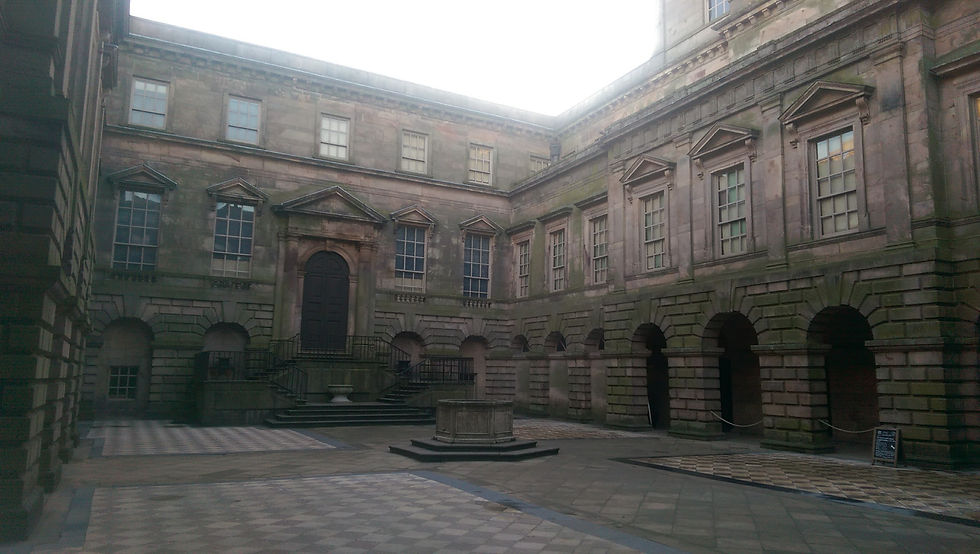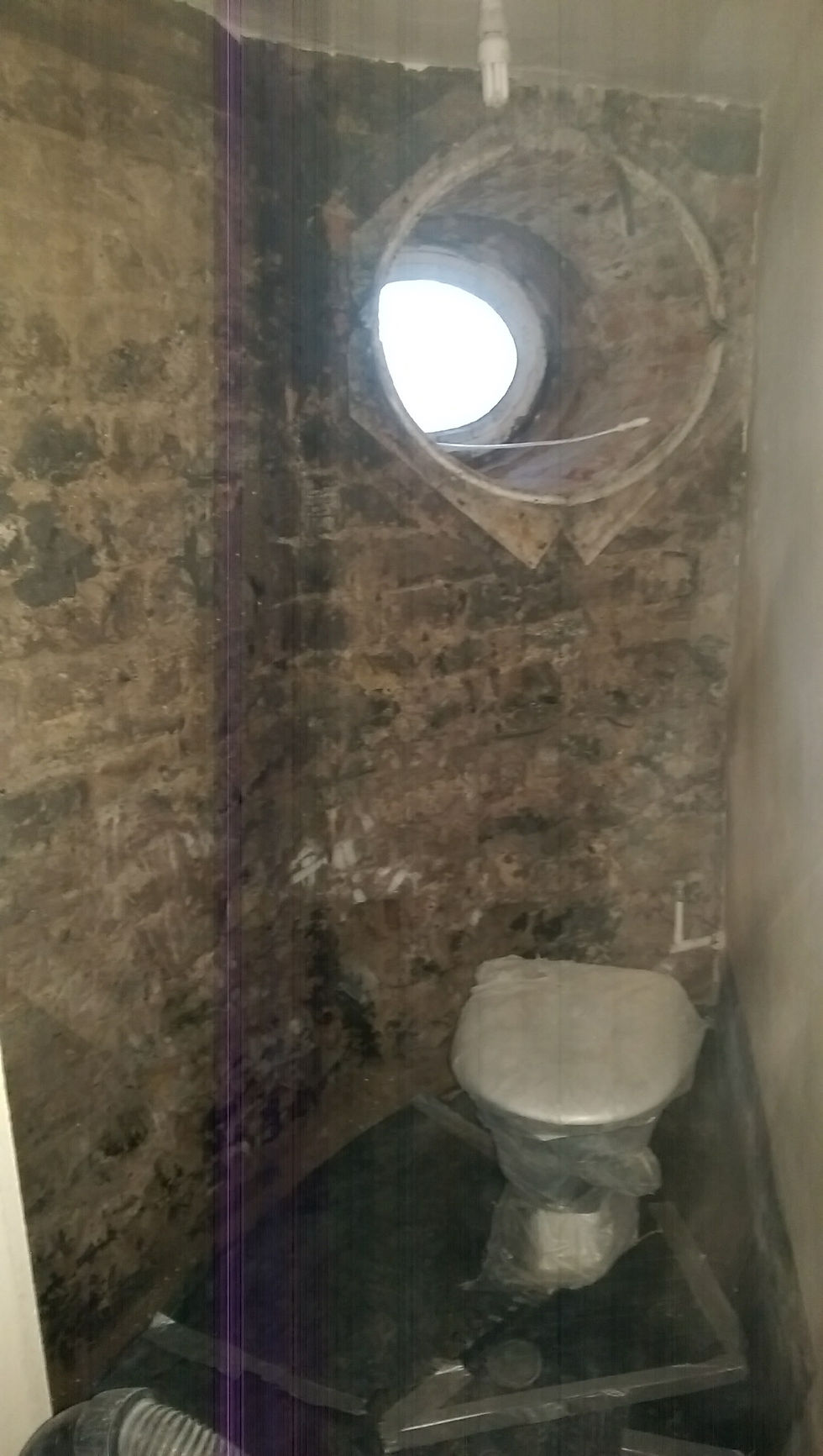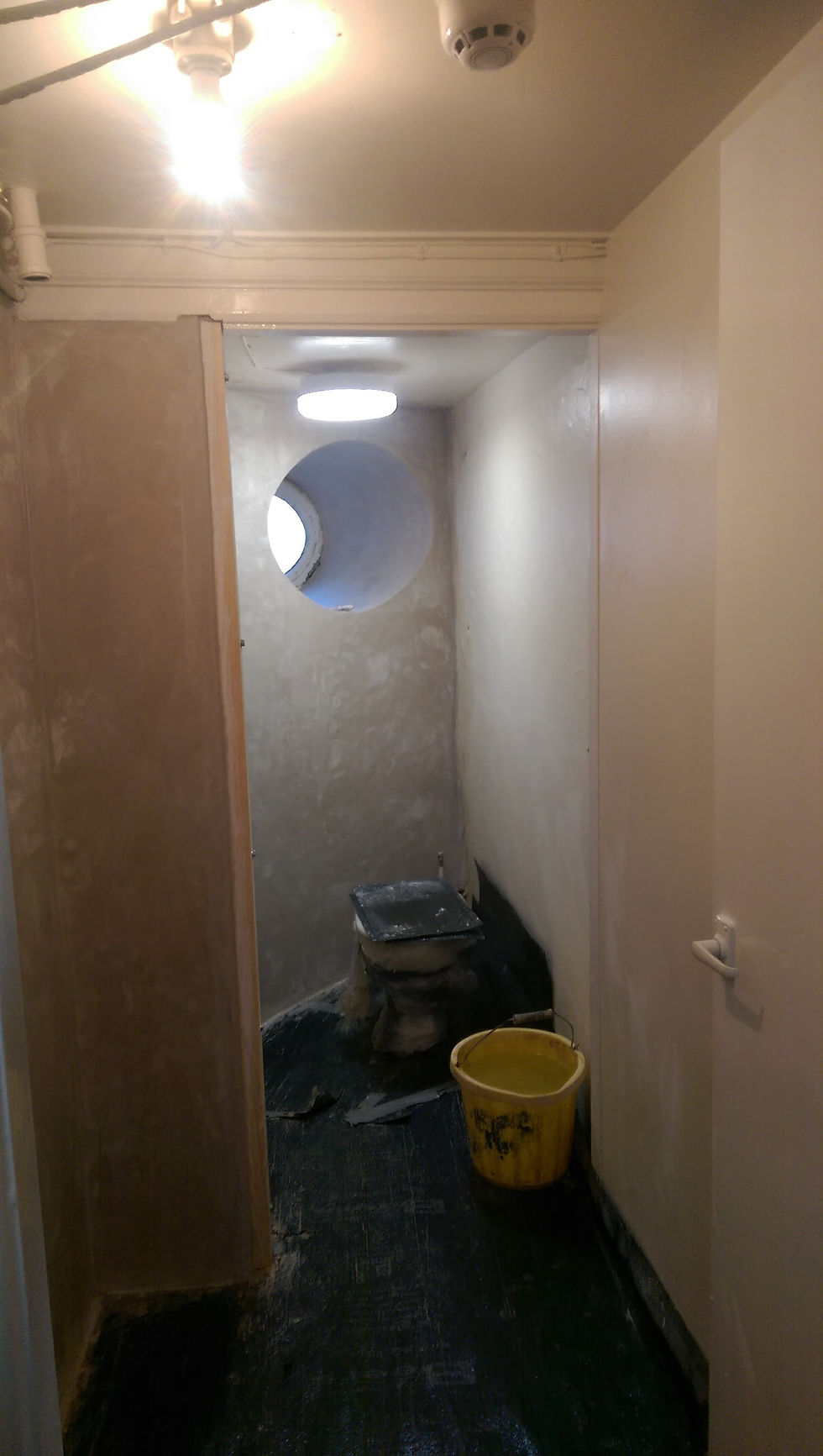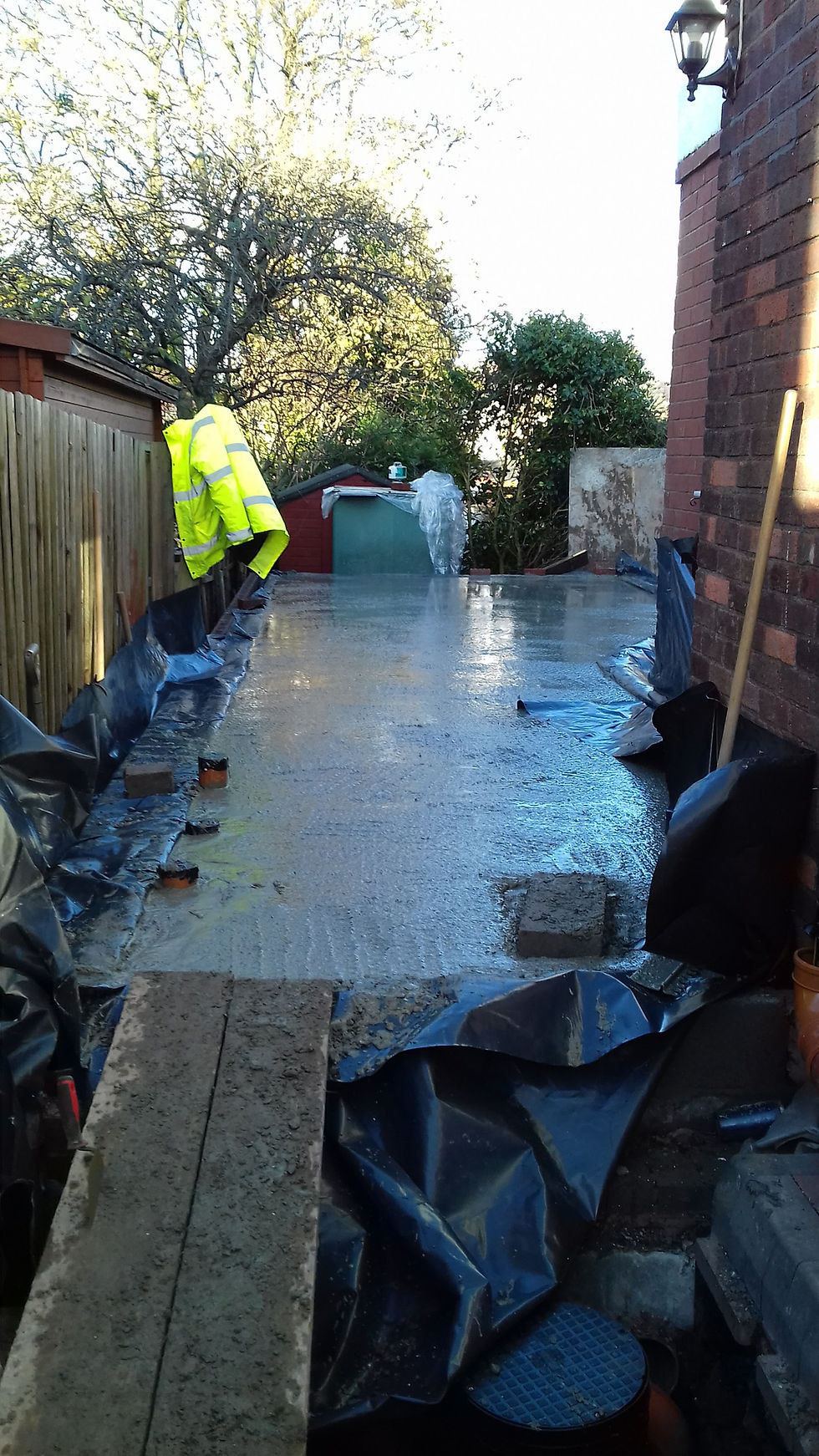Preserving the Past: Why Restoring UK Historical Buildings Matters
- Thomas Parkes
- Mar 5, 2024
- 3 min read

Lyme Park
In the heart of the United Kingdom, history whispers through cobblestone streets, echoes in grand cathedrals, and weaves its narrative through the very fabric of our architectural heritage. From medieval castles to Georgian townhouses, these historical buildings stand as silent sentinels of bygone eras, bearing witness to the triumphs, trials, and transformations that have shaped our nation's story.
In a rapidly changing world, the importance of restoring UK historical buildings cannot be overstated. Beyond their aesthetic appeal and cultural significance, these architectural treasures serve as invaluable links to our past, repositories of collective memory, and touchstones of identity. Here are just a few reasons why their preservation is paramount:
Guardians of Heritage
Historical buildings are living chronicles of our cultural heritage, each one a testament to the ingenuity, craftsmanship, and creativity of generations past. From the majestic splendour of Windsor Castle to the humble charm of medieval cottages, these structures offer glimpses into the lives, traditions, and aspirations of those who came before us.
By safeguarding these architectural gems, we ensure that future generations can connect with their roots, explore their shared history, and forge deeper connections to the places they call home. Historical buildings serve as anchors in a fast-paced world, grounding us in a sense of continuity, belonging, and pride.
Architectural Gems
Beyond their historical significance, UK historical buildings are architectural marvels,

showcasing a rich tapestry of styles, influences, and craftsmanship. From Gothic cathedrals to Victorian terraces, each structure tells a unique story of design evolution, cultural exchange, and artistic expression.
By restoring and preserving these architectural gems, we celebrate the diversity and beauty of our built environment, enriching our urban landscapes and enhancing the quality of life for all. Historical buildings are more than just monuments; they are living works of art, deserving of reverence, admiration, and protection.
Economic Engines
The restoration of UK historical buildings isn't just a matter of cultural preservation; it's also a savvy investment in our economic future. Historical landmarks draw tourists from around the globe, stimulating local economies, supporting small businesses, and creating jobs in hospitality, tourism, and related industries.
Moreover, historical buildings contribute to the vitality and vibrancy of neighbourhoods, attracting residents, businesses, and investment to areas rich in character and charm. By breathing new life into neglected treasures, we revitalize communities, spur regeneration, and unlock the full potential of our urban spaces.
Environmental Stewardship
In an age of climate change and environmental degradation, the conservation of historical buildings takes on added significance. Restoring existing structures reduces the need for new construction, conserves resources, and minimizes carbon emissions associated with demolition and rebuilding.
Additionally, historical buildings often boast superior craftsmanship and durable materials that withstand the test of time, offering sustainability benefits that modern construction methods struggle to replicate. By preserving these architectural treasures, we embrace a more sustainable approach to development, honouring the past while safeguarding the future.
In conclusion, the restoration of UK historical buildings is not merely an act of preservation; it's a testament to our collective commitment to honouring the past, enriching the present, and shaping a brighter tomorrow. As stewards of our architectural heritage, it is our responsibility to ensure that these cultural treasures continue to inspire, educate, and captivate generations to come.
Together, let us celebrate the beauty, resilience, and enduring legacy of UK historical buildings, preserving them as cherished landmarks and timeless symbols of our shared identity.





Comments